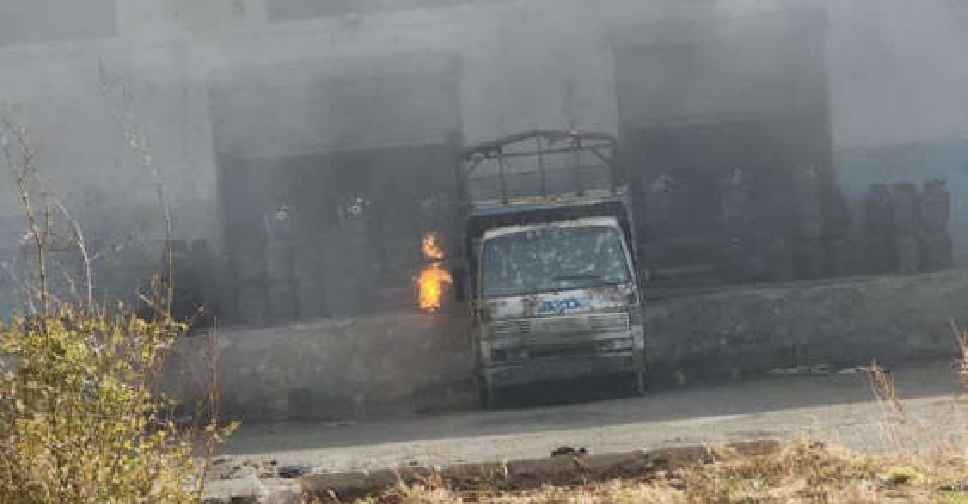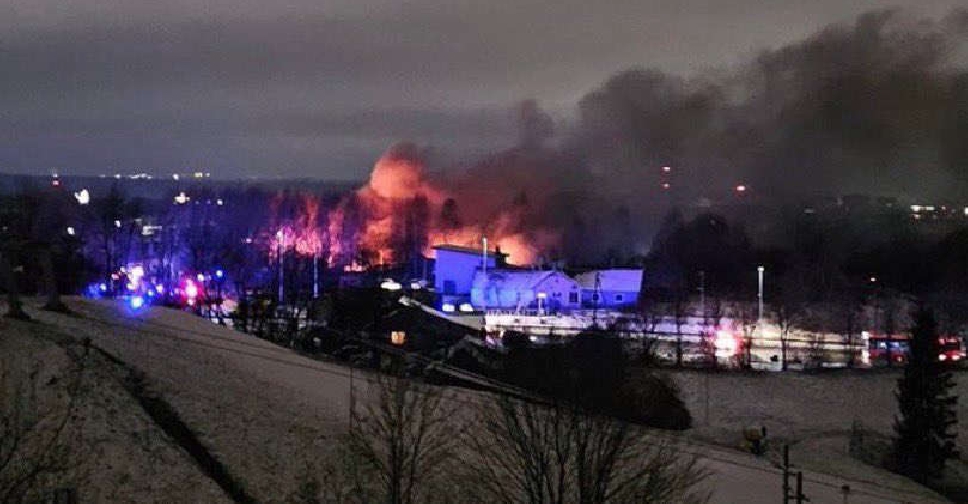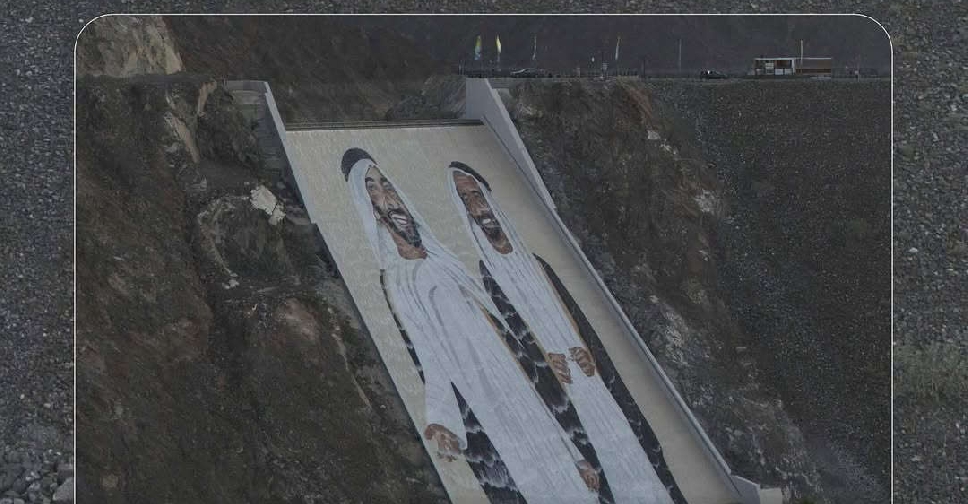
Braving sub-zero conditions, thousands of rescuers faced an uphill task on Wednesday finding and treating survivors of a strong earthquake that rocked a remote area in China's northwestern Gansu province more than a day ago.
The magnitude-6.2 earthquake jolted Jishishan county near the border straddling Gansu and Qinghai provinces a minute before midnight on Monday, sending frightened residents out of homes into the cold in the dead of the night.
It damaged roads and power and water lines, destroyed over 150,000 homes, and triggered landslides and mudslides.
Emergency responses have been activated, with various departments sending thousands of personnel into the mountainous disaster zone to look for survivors and resettle them.
The quake-stricken area is geographically a transition zone between two plateaus, featuring terrains of altitudes ranging from 1,800 to 4,300 metres with "very complex" topography, state television CCTV said.
Recovery from Monday night's earthquake has been further challenged by the powerful cold snap that has gripped most of China since last week. Temperatures around the quake epicentre in Gansu fell to around minus 15 degrees Celsius on Tuesday night as rescuers continued their work.
According to local media citing researchers, people trapped under rubble exposed to minus 10 C conditions without help run the risk of developing hypothermia and could only stay alive for between five and 10 hours if uninjured.
In Gansu, 113 people had been found dead as of 9:00 am on Wednesday (0100 GMT), and 782 were injured, authorities said.
The death toll in Qinghai rose to 18 with 198 injured as of 5:30 am on Wednesday.
Seventy-eight people have been rescued in Gansu, CCTV said.
Earthquakes are common in provinces such as Gansu, lying on the northeastern boundary of the tectonically active Qinghai-Tibetan plateau. China's deadliest quake in recent decades was in 2008 when a magnitude-8.0 temblor struck Sichuan, killing nearly 70,000 people.
The freezing cold would not be the only concern weighing on rescuers and working groups assessing the situation.
The Gansu Provincial Seismological Bureau said through comprehensive analysis, strong aftershocks of magnitude 5 were still possible around the area in the coming days, based on the characteristics of the Monday quake, historical seismic activity and other factors.
The aftershocks will be closely tracked to issue early warnings, official news agency Xinhua cited the bureau's deputy director as saying.
By early Wednesday, there were two aftershocks of magnitude 4.0 and above, and eight magnitude 3.0 and above, China Earthquake Networks Center said.
The quake in Gansu's Jishishan county was logged at a depth of 10 km, which experts consider shallow. Earthquakes with shallow focal points can easily cause considerable damage to the ground, Xinhua reported citing a senior engineer with the China Seismological Network Center.
Rice, flour and oil supply in Gansu's Jishishan were sufficient at stable market prices, state grain reserves and food processing institutions said, having organised warehouses to deliver emergency supplies to the quake-stricken area.
Within 50 km of the epicentre on the side of neighbouring Qinghai province, the earthquake affected 22 towns and villages, but of that, two villages suffered the worst damage.
Qinghai's Minhe county earlier recorded 20 missing people from two villages, where a mudslide swept through half-burying many buildings in brown silt. Search and rescue operations and efforts to resettle residents continued as state media footage showed bulldozers removing thick mud.

 Israel says it's moving towards Lebanon ceasefire
Israel says it's moving towards Lebanon ceasefire
 15 Turkish-backed fighters killed by Kurdish forces in Syria
15 Turkish-backed fighters killed by Kurdish forces in Syria
 March demanding release of Pakistan's Imran Khan nears capital
March demanding release of Pakistan's Imran Khan nears capital
 16 rescued after tourist boat sinks off Egypt's Red Sea coast
16 rescued after tourist boat sinks off Egypt's Red Sea coast
 One dead, three injured in Lithuania cargo plane crash
One dead, three injured in Lithuania cargo plane crash




